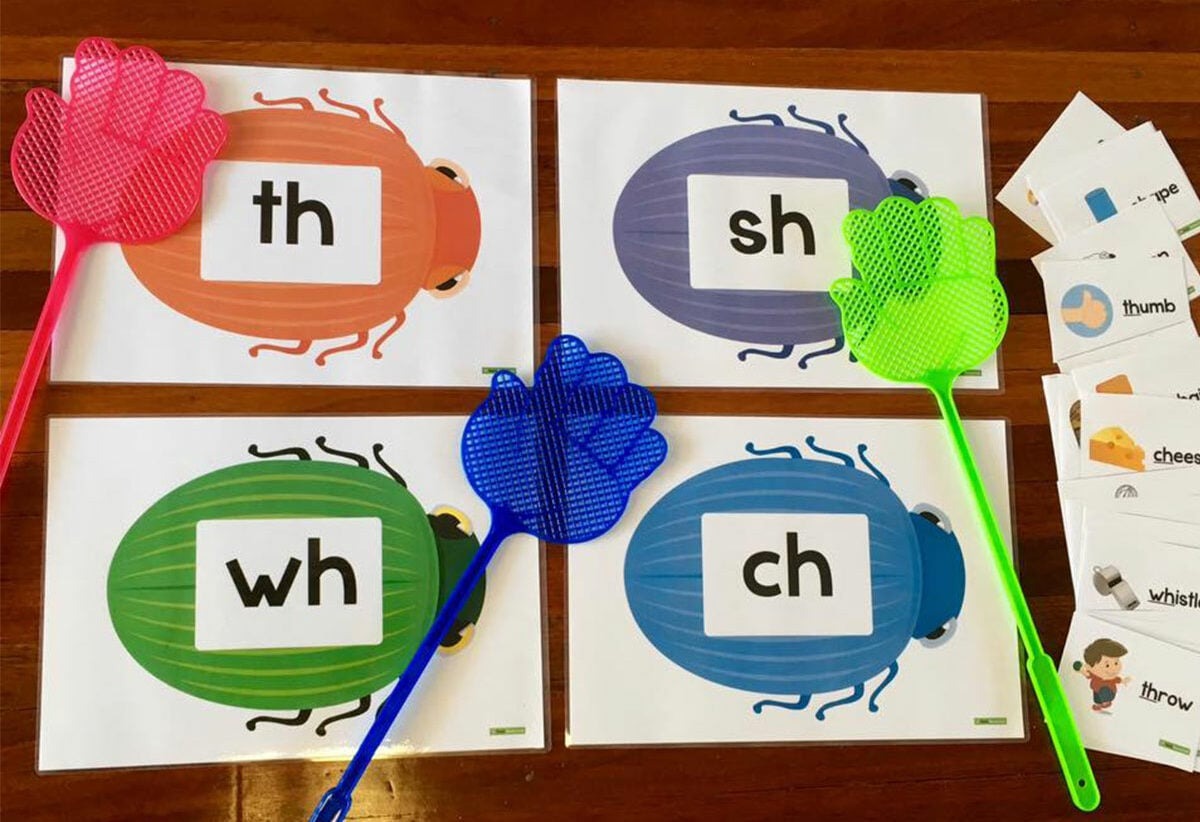Incorporating phonics into classroom activities can be both fun and effective when it’s done through games. Phonics games that require hands-on participation can enhance learning by engaging students in a more physical and interactive way. Here are some suggestions for 16 hands-on phonics games that can revitalize any classroom setting:
1. Alphabet Soup: Fill a large bowl with letters and have children use ladles to scoop out letters to form words.
2. Phonics Fishing: Attach a paperclip to laminated fish that have words or letters on them, and let kids ‘fish’ for words with a magnetic fishing rod.
3. Letter Building Blocks: Children can use blocks that have letters on them to spell out simple words.
4. Sound Match Puzzles: Create puzzles where students match pictures with the beginning, middle, or ending sound.
5. Bean Bag Letter Toss: Scatter letter mats on the floor and have students toss a bean bag onto a mat and then say the sound or make a word with that letter.
6. Word Treasure Hunt: Hide paper treasures around the room with letters or words on them for kids to find and read aloud.
7. Balloon Pop Phonics: Write letters on balloons and have children pop the balloon to ‘release’ the letter for word building.
8. Roll-a-Word: Using dice with phonograms, children roll the dice and build words from the sounds they land on.
9. Phoneme Segmentation Twister: Create a Twister mat with letters where kids have to touch or hold positions based on letter sounds given by the teacher.
10. Phonic Bingo: Instead of numbers, fill bingo cards with phonetic sounds or words for children to mark off as they’re called out.
11. Cup Stacking Spelling: Stack cups with letters written on them to create towers of words; the higher the better!
12. Ping-Pong Phonemes: Write different phonemes on ping-pong balls and bounce them into cups labeled with word families or categories.
13. Playdough Letters: Have students form letters and then use those letters to spell out phonetically simple words with playdough.
14. Spinning for Sounds: Use a spinning wheel labeled with different letter sounds; whatever it lands on, students find objects or write words that start with that sound.
15. Tactile Letter Tracing: Fill a tray with sand, salt, or shaving cream and let children trace letters in it, saying the sound as they go.
16. Hopscotch Blending: Create a hopscotch grid where each square represents a different phoneme; as kids hop through, they blend the sounds together to form words.
These hands-on phonics games not only reinforce literacy skills but also cater to various learning styles, making learning accessible for every student in your classroom.





